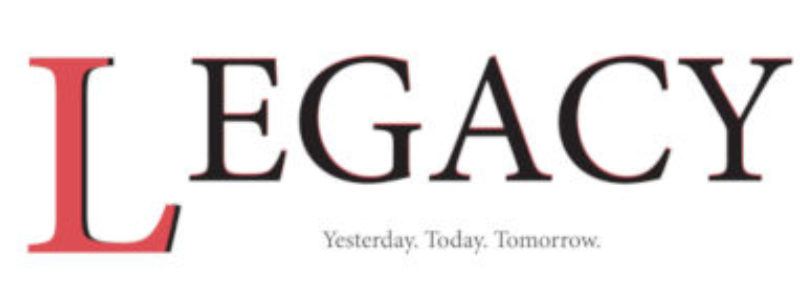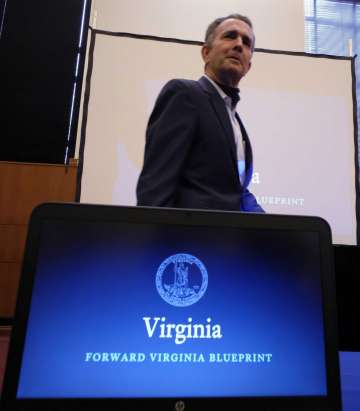By Kate Masters
VM – Reopening Virginia will depend upon a series of metrics to prevent a second surge in COVID-19 cases after the initial peak, Gov. Ralph Northam said at a news briefing on Friday.
The goals, outlined publicly for the first time, include a two-week decline in the percentage of positive cases and number of hospitalizations, coupled with a significant increase in testing and sustainable supply of personal protective equipment for essential workers.
Only then can Virginia safely proceed to what the governor described as “Phase One” in a gradual easing of restrictions. Even then, Northam warned that residents should still expect to see continued social distancing, telework recommendations and guidelines for face coverings in public spaces — measures that have become the new normal as state health officials continue to contend with a rise in cases.
Businesses would also face industry-specific safety guidelines developed through a new business task force.
“We must do this in a safe manner — one that avoids a spike in cases or a surge our hospitals cannot handle,” Northam said. “We will not ease restrictions the way you would turn on a light switch. We will move forward in a way that prioritizes public health.”
Friday’s announcement came amid growing calls for the governor to reopen businesses as the state’s economy continues to take a battering. Northam said that 82,000 Virginians applied for unemployment benefits last week,
bringing the total number of unemployed to nearly half a million.
Earlier that day, Republican leaders released a letter calling on Northam to use his “vast resources” to boost testing and allow more businesses to reopen. On Thursday, the Virginia Hospital and Healthcare Association asked the governor to end an ongoing prohibition on so-called “elective procedures which has been extended through May 1.
<https://www.virginiamercury.c
As political pressure mounts, the administration is also facing self-imposed goalposts for testing and contact tracing — an ongoing challenge in Virginia. Northam announced Friday that he aims to increase daily testing numbers to 10,000, largely through private labs and hospital systems. There have been between 14,000 and 16,500 tests a week in Virginia recently, so a 10,000 per day total would be significant increase.
The state lab in Richmond has boosted its capacity to between 400 and 500 tests a day thanks to borrowed lab instruments from a private biomedical company, said Director Denise Toney. Some private labs in Virginia have confirmed that the demand for their tests remains below their capacity, according to published reports, but officials said that ongoing supply chain disruptions have stymied their ability to boost testing.
“One of the challenges we’ve had is supplies, and another challenge, quite frankly, is that the test was so cumbersome that providers were choosing not to do it,” Northam said.
Former Health Commissioner Dr. Karen Remley — recently announced as the head of a new state testing task force — said that many doctors have been unable to source swabs or transport media that would make it possible to take samples from patients. Many private labs have taken well over a week to return test results, discouraging many physicians from seeking them out, Northam added.
To prevent a surge in new cases, state officials have also tasked themselves with expanding contact tracing, an intensive process of tracking and monitoring people who might have been exposed to COVID-19 through other known infections.
Health Secretary Dr. Daniel Carey said officials had a meeting with Apple later that afternoon to discuss new technology that could enable contract tracing through cell phones. But the state would also need to dramatically
increase its public health workforce to assist the effort, said Health Commissioner Dr. Norman Oliver.
Without a vaccine or proven treatments, testing and contact tracing remain the only tools for preventing a second surge in disease. Oliver said that any “Phase One” could last as long as two years.
“That’s my personal opinion,” he said after the briefing. “I think it will last until we have medical countermeasures — treatment or a vaccine. And I don’t see that happening soon. Most people are saying at least 12 to 18 months.”



